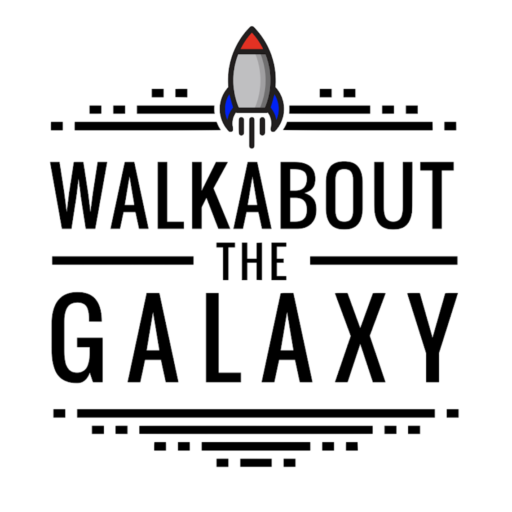Episode Title
Loading...
Series Title
Walkabout the Galaxy
Keywords
neutron stars collision, electromagnetic waves, gravitational waves, kilanova
Contributor
Ryan Piers Williams
Disciplines
Astrophysics and Astronomy | Physics
Description
If two neutron stars collide in a galaxy 130 million light years away and no one has a gravitational wave observatory to detect it, does it make a sound? Well, that's a silly question, but it happened, and not only was this cosmic catastrophe observed in the high energy light it emitted, but the rippling of spacetime was detected as well. Astronomy now has two independent ways of observing energetic events, and for the first time, something was seen using both techniques: electromagnetic waves (light) and gravitational waves. Join the astroquarks to hear about the first "kilonova" observed this way and what it has to do with your gold jewelry.
Episode Sponsor
Coincidence
Remember that time you bumped into someone you knew? What were the odds? It doesn't matter. Odds are great for random events like winning lottery tickets, highly unlikely, and whether or not a particular individual atom of uranium will undergo radioactive decay today, astronomically unlikely, but are meaningless for describing your daily life. While it may seems odd to bump into Ryan Piers Williams on an airplane, just like a kid at Disney World, you're definitely going to bump into someone. Embrace the serendipitous and remember that while most things happen for a reason, and that reason is physics. Coincidence, the incredibly credible thing that happens when two events happen at the same time.
© Joshua Colwell, All Rights Reserved
Date Created
11-1-2017
Item Type
Podcast
Type
article
Length of Episode
37:00
Recommended Citation
Colwell, Joshua; Dove, Adrienne; and Cooney, James, "To Kilonova" (2017). Walkabout the Galaxy Podcast. 32.
https://stars.library.ucf.edu/walkaboutthegalaxy/32


